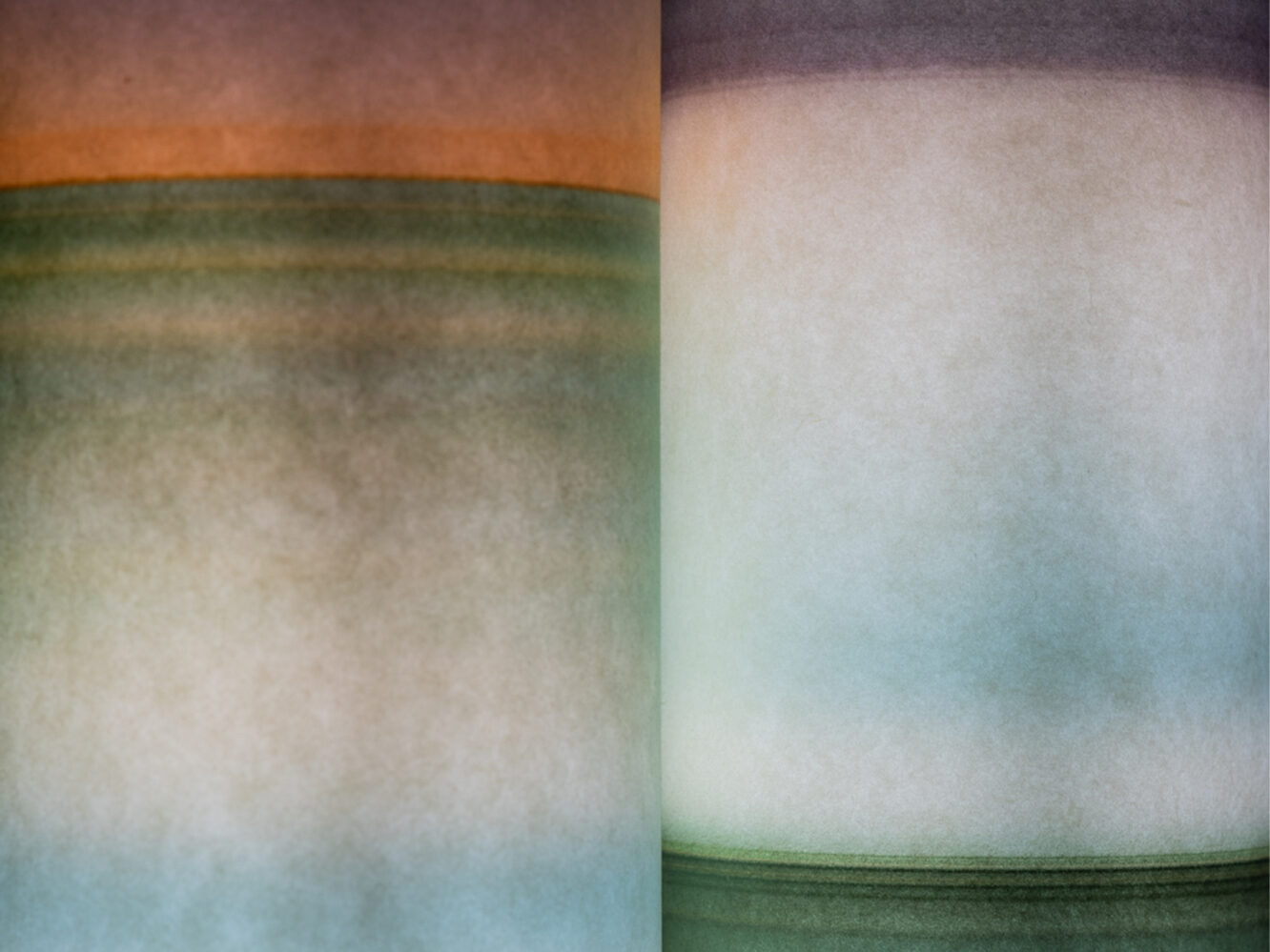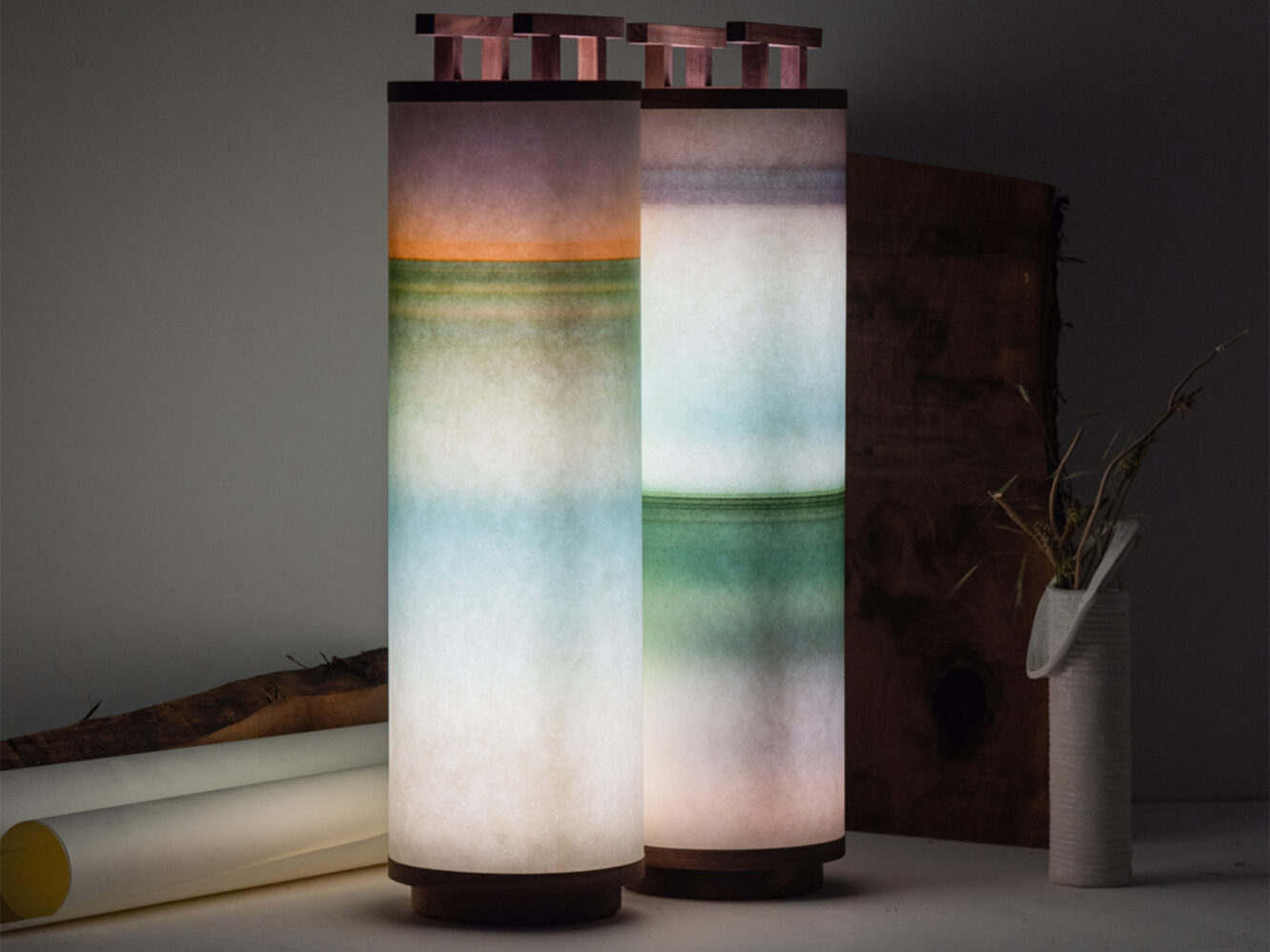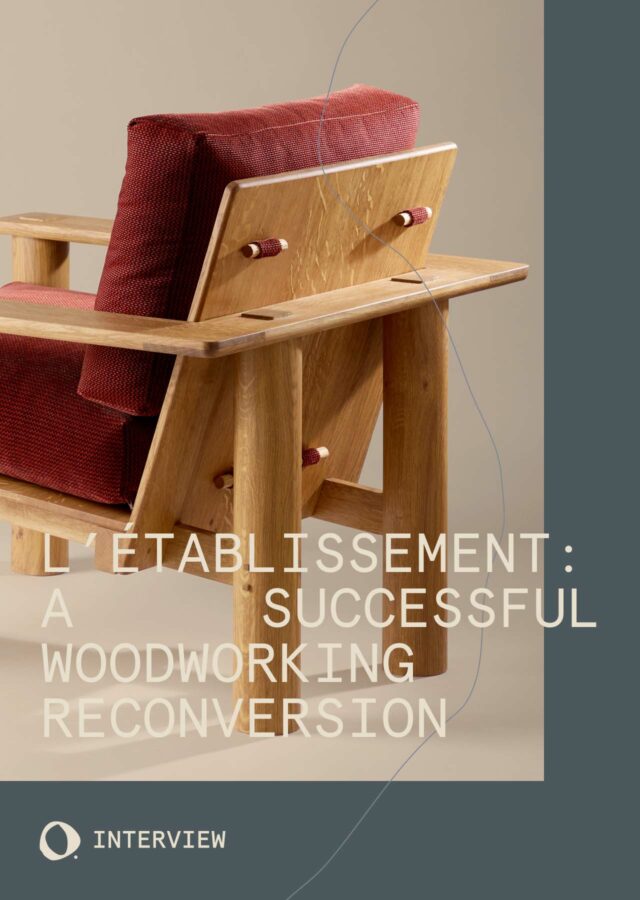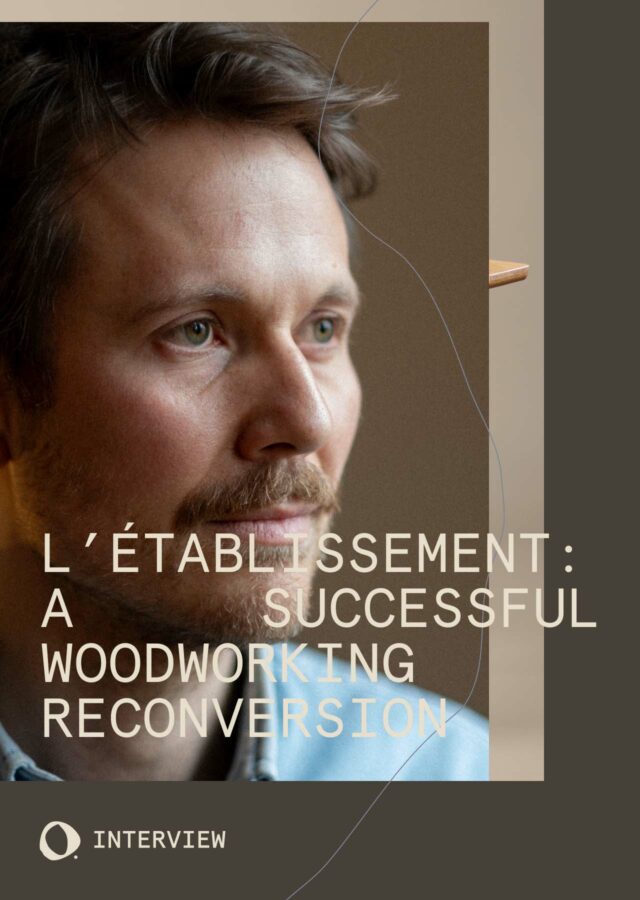Maxime Prangé on Seeing, Remembering, and Shaping Light
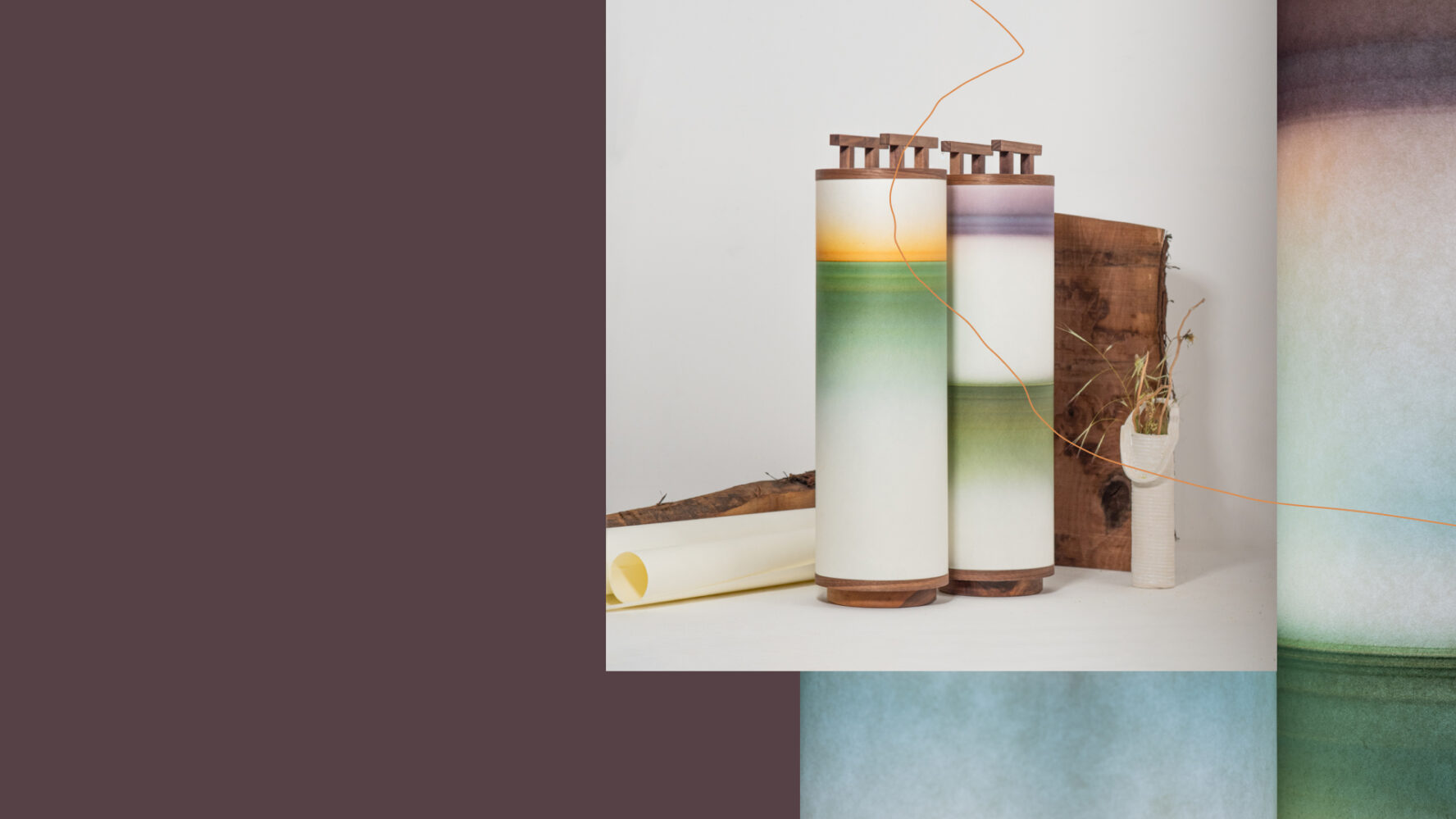
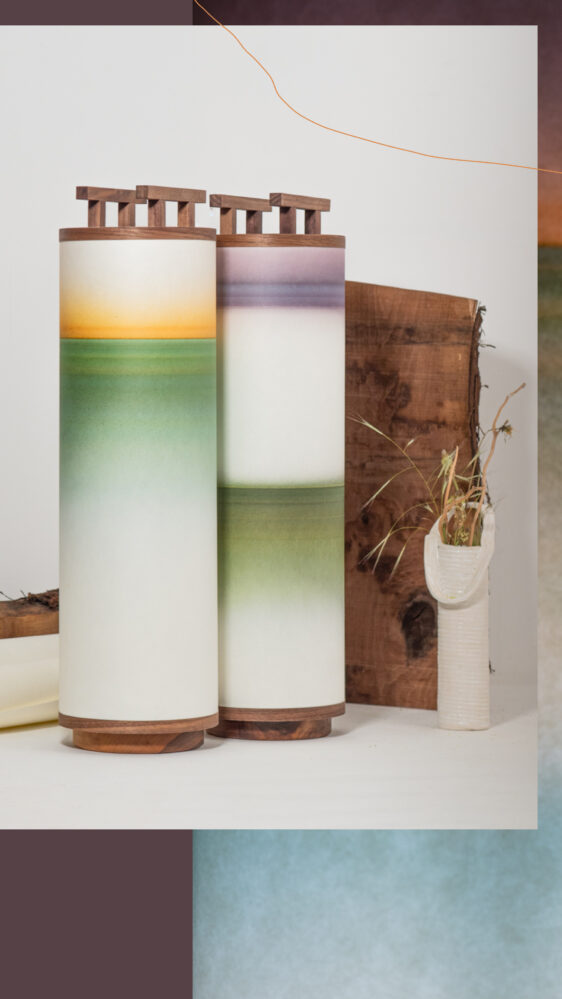
Between memories of landscapes and bursts of light, Maxime Prangé shapes a delicate body of work where each project becomes an experience of perception. Here, he speaks to us about memory, Japanese tradition, and the invisible side of light.
French version here→
You grew up between lakes and mountains, watching the landscape move past through the train window. What remains of that experience in your gaze today, and how does it influence your work?
From those spaces and experiences that remain imprinted in my memories, everything remains. My photographic research has often sought to question and explore these memories, these landscapes, in their sensory and emotional dimensions, much like an art researcher.
That is to say, studying the realm of the perceptible with a scientific approach: to understand, on one hand, my own perception, what shapes and transforms it, and on the other, how it resonates within a collective feeling and becomes a cultural construction.
When I integrate these explorations into my design practice, it gives rise to collections like Washi No Akari, which delves into Japan’s luminous emotions through washi paper, and by extension, into the sensitive history of openness and threshold in Japanese architecture.
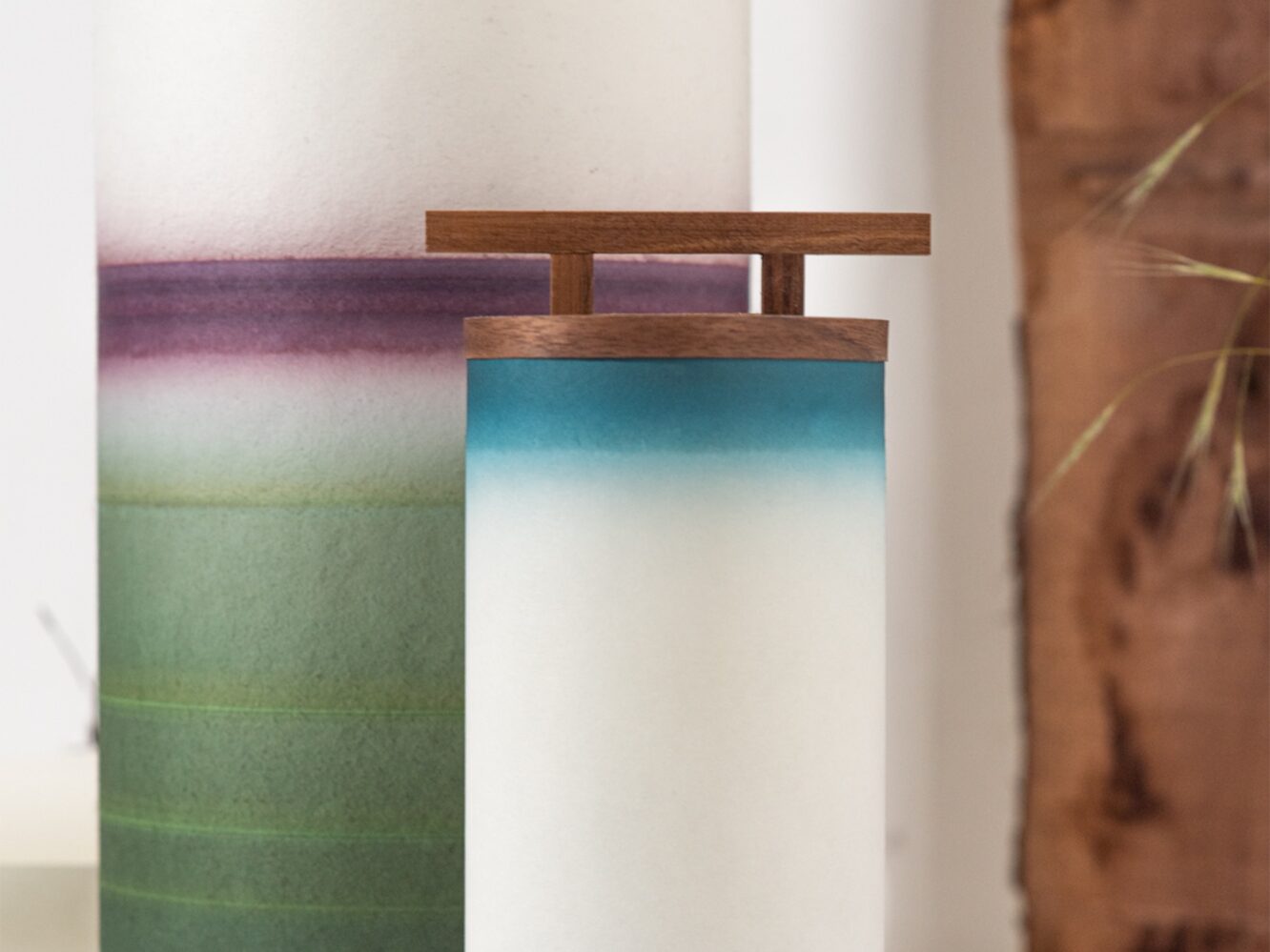
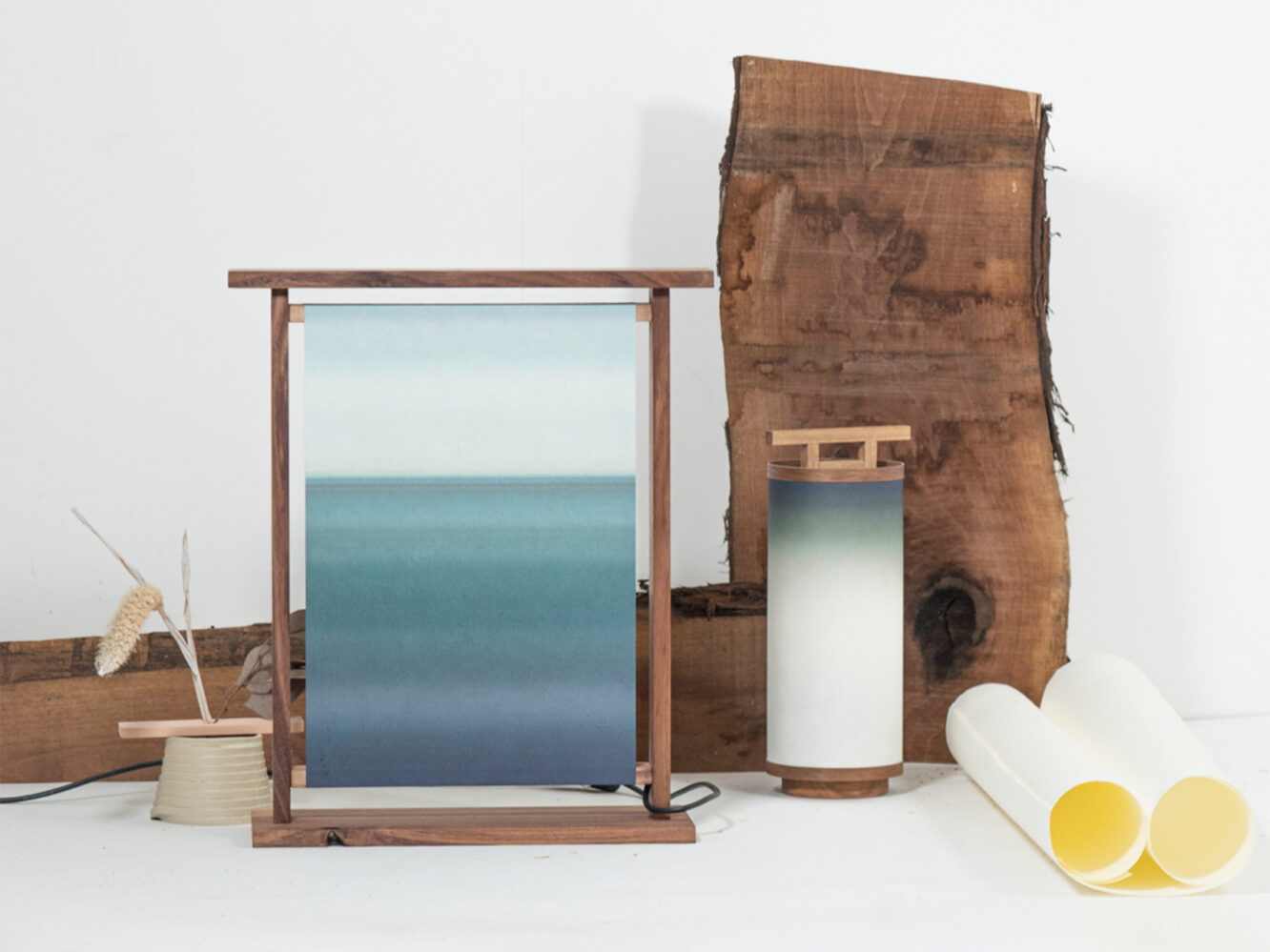
Since childhood, you’ve observed light with great attention. What is it about it that fascinates you?
What is reality? Beyond light itself, what fascinates and intrigues me is its power to reveal the world around us and, with it, all the physical processes at play. I’m particularly drawn to the scientific understanding of light, because it allows me to move beyond simple fascination. From early on, I questioned how each of us perceives color, and how we build a collective understanding of something that is, in truth, entirely subjective. This crystallization of my questioning of reality through the role of color naturally led me to study the visible rather than other sensory realms.
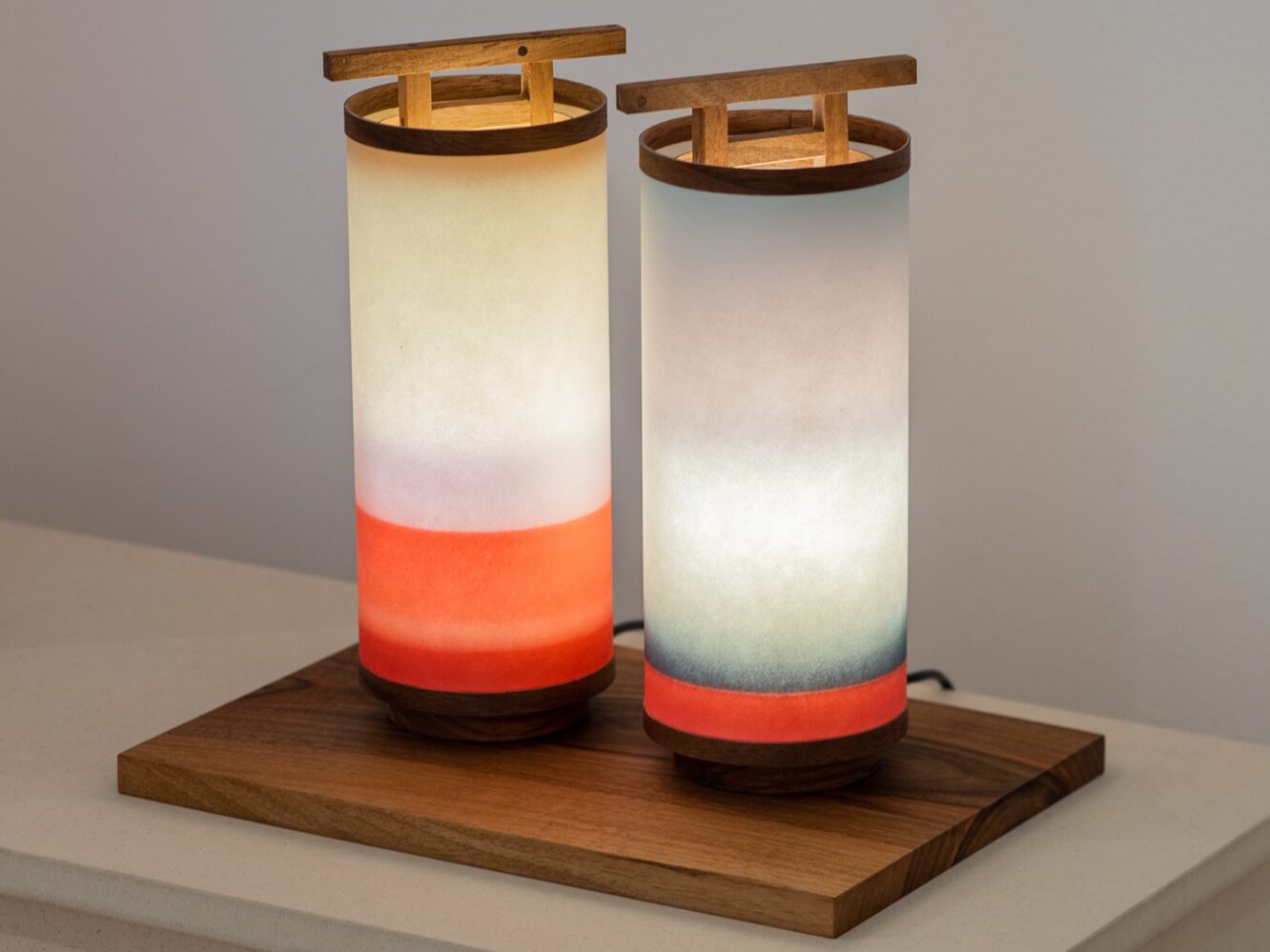
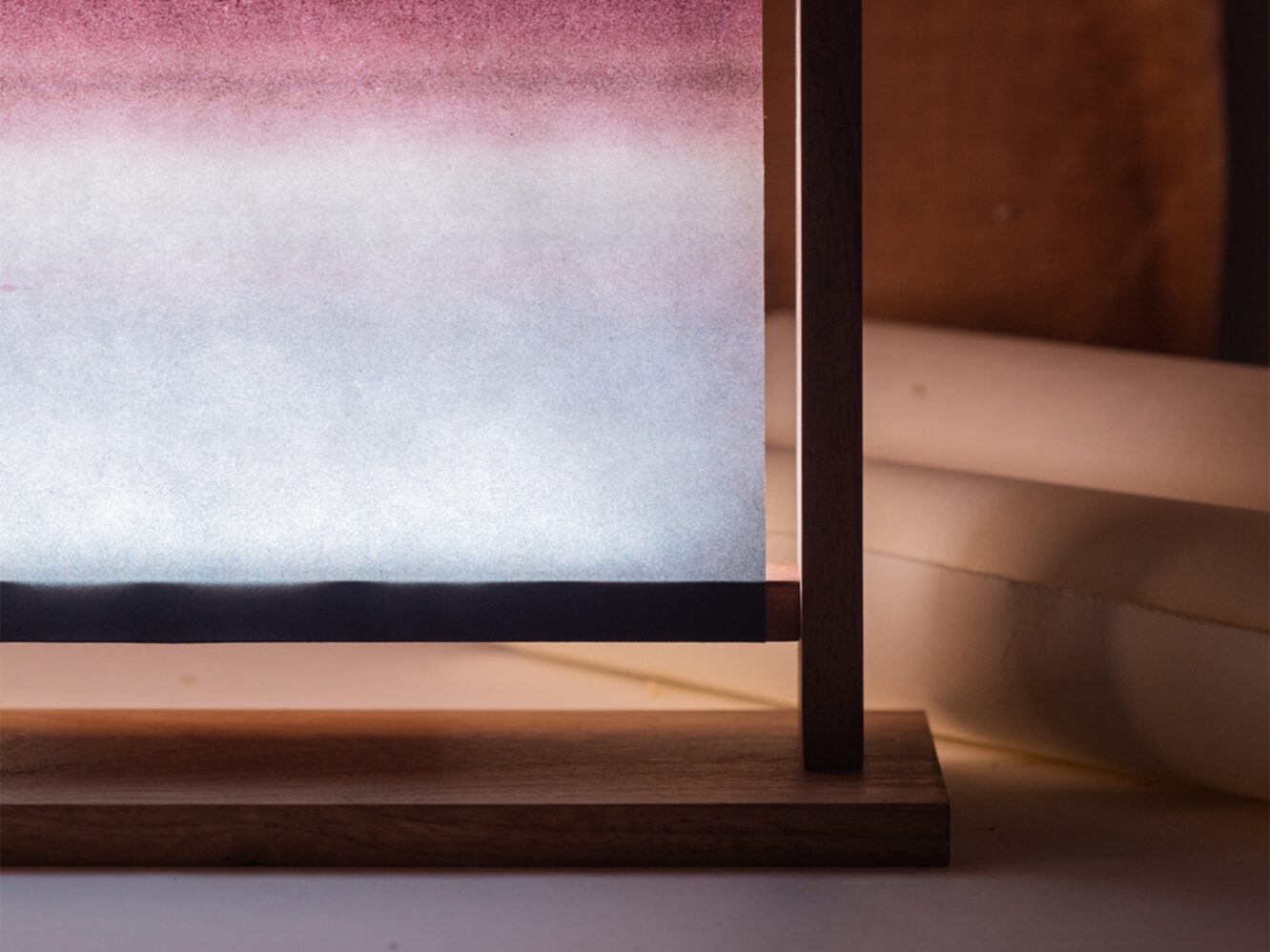
Washi No Akari brings together washi paper, Torii, traditional Japanese furniture, and light. What was your process in conceiving this collection?
It all began with an optical experiment, generating horizontal landscapes, almost like Rothko paintings, directly through the camera. As I discovered and explored them, a clear connection emerged with a project I was developing at the time: a luminous and dynamic washi screen, created in collaboration with paper makers based in France who had trained in Japan.
That led me to take a deeper interest in traditional Japanese furniture and architecture, the very contexts in which washi naturally belongs. From there came the first piece, Indigence, followed by the Torii and the Seuil, each one inspired by a specific object or element from that culture.
It’s a very organic process, shaped by coincidences and fortunate encounters. Yet nothing is left to chance; there’s always this guiding thread, the emotional qualities of light, leading each decision and direction.
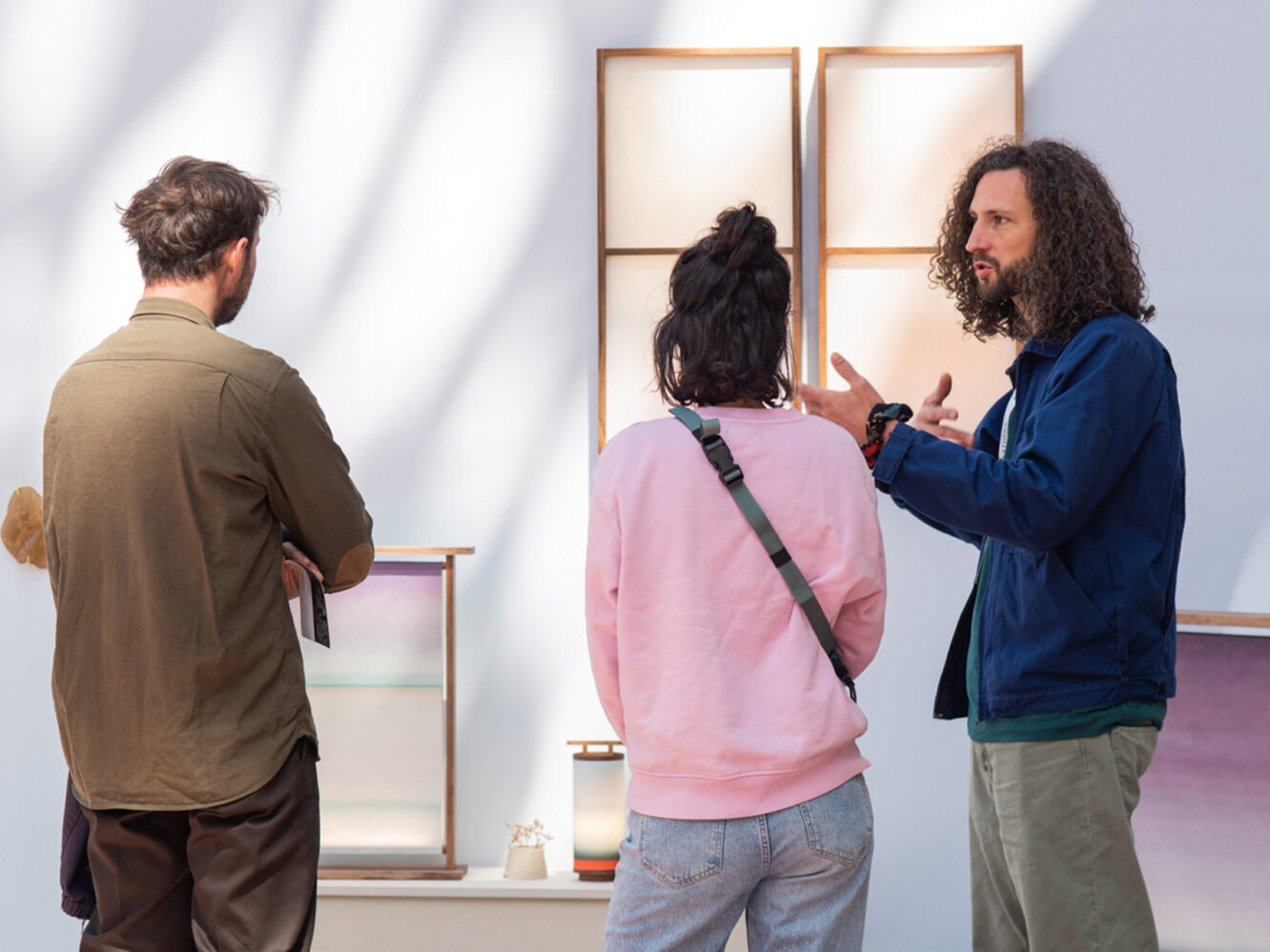
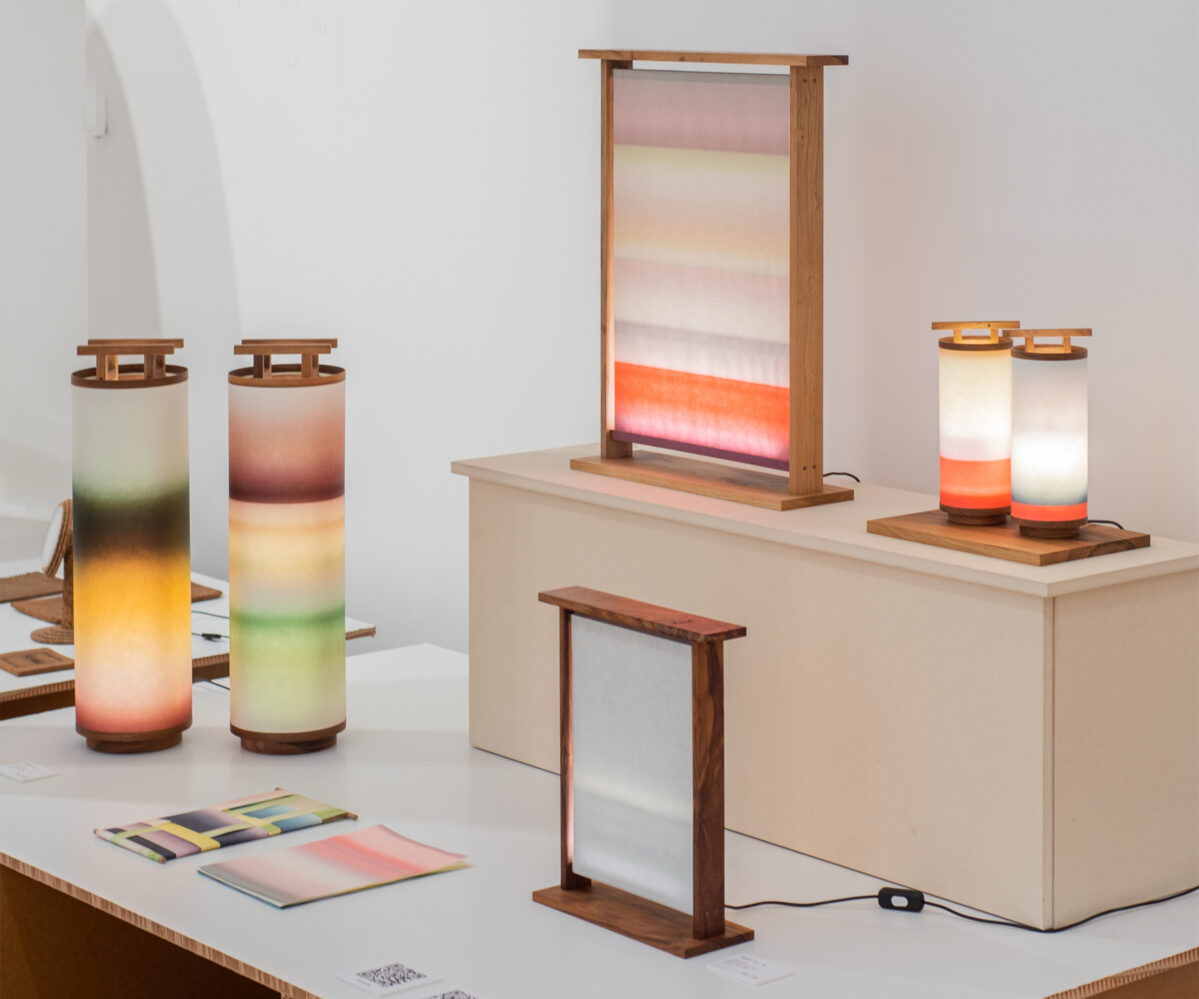
The TORII pieces play between natural light and inner light. How important is that contrast to you?
Light does not serve only to illuminate at night, just as a lamp is not merely a sculptural object by day. In the same way that natural light (the sun, the moon, the stars…) reveals a landscape differently at every moment of day and night, the Torii evolve slowly over time through the shifting colors between external and internal light. This makes them feel more alive and helps integrate them into the everyday landscape.
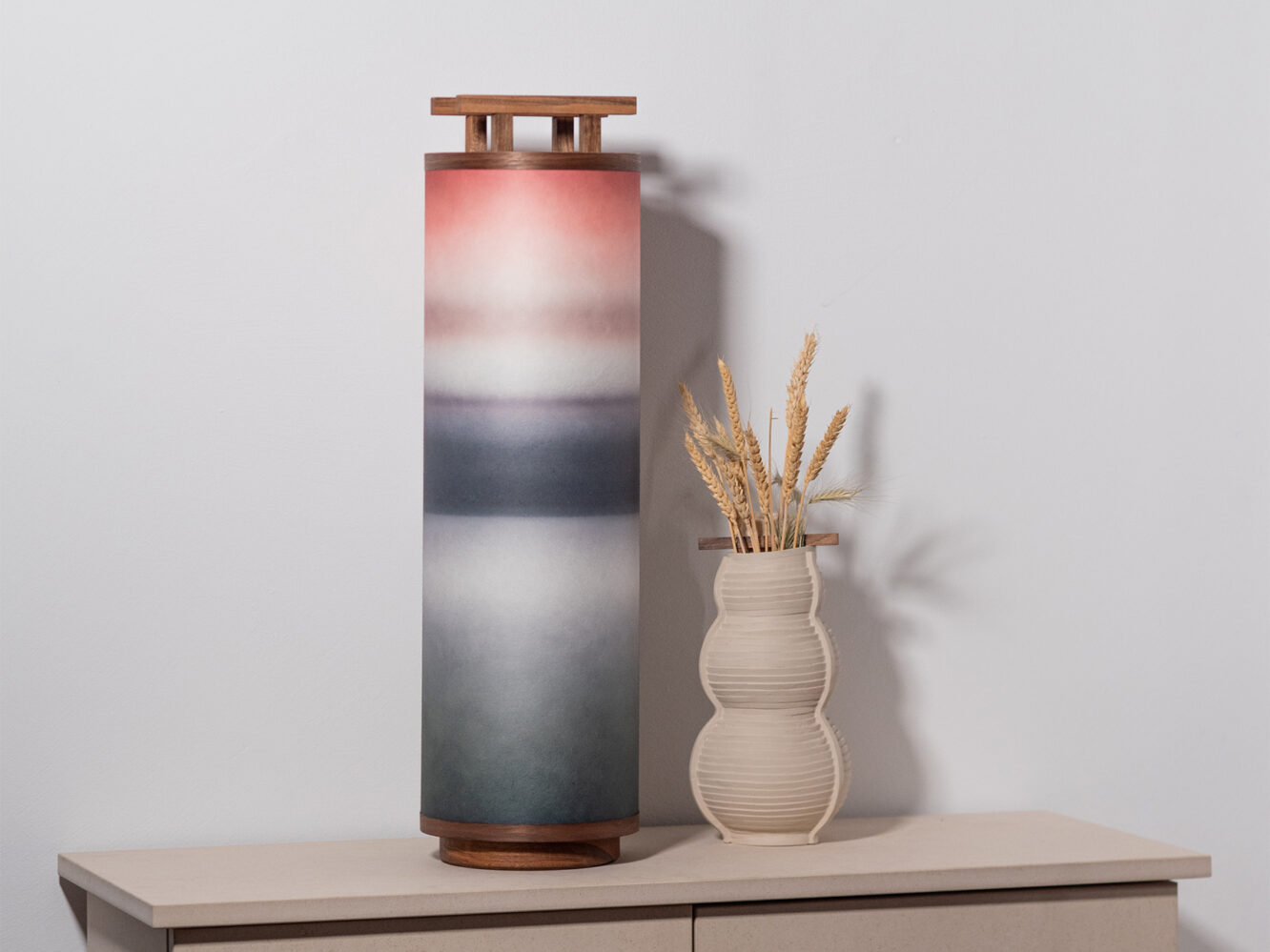
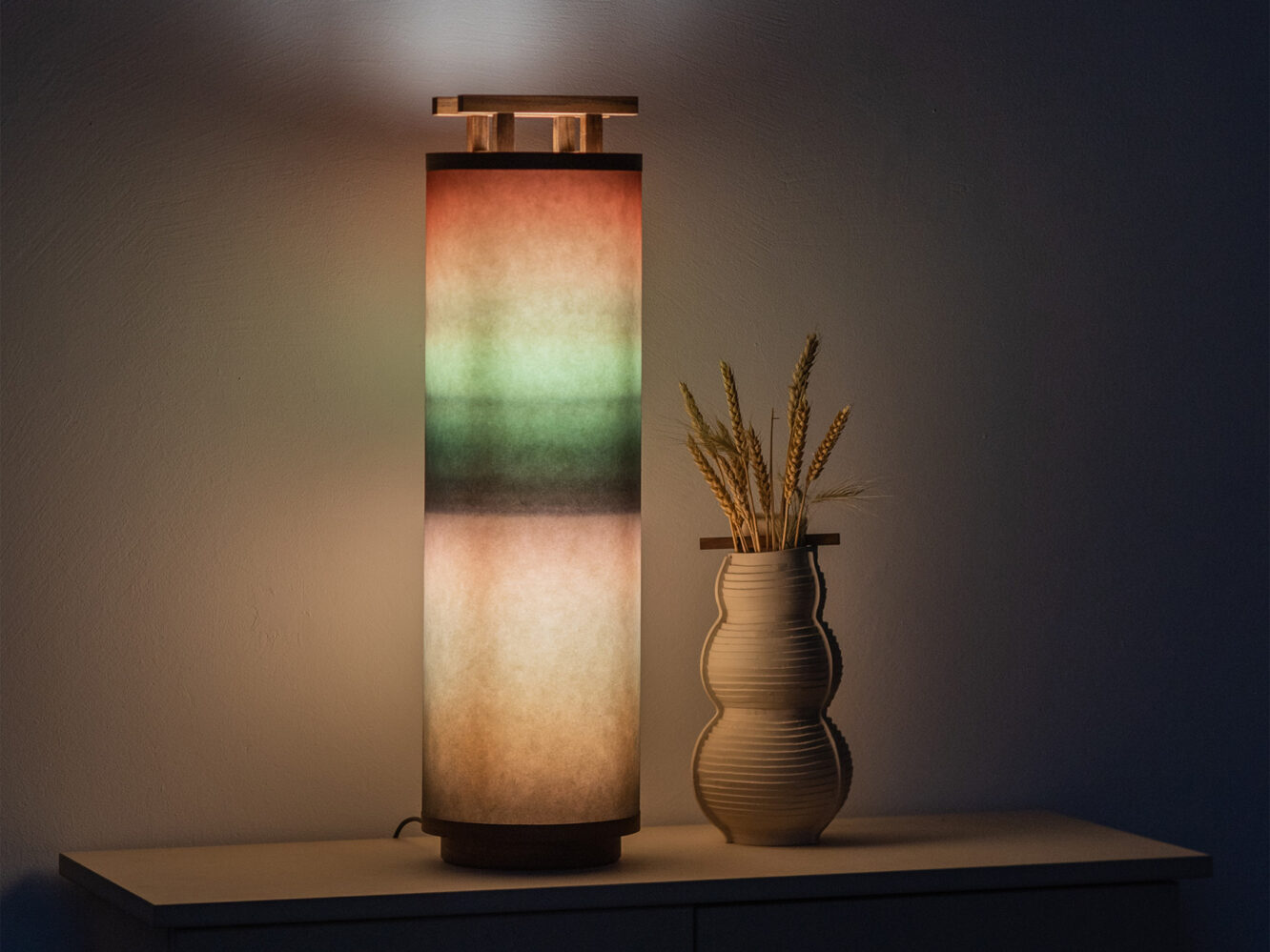
“From the inside out, from day to night, from the environment to the landscape, I conduct a visual and material investigation in these sensitive spaces into the relationships between culture, light, and perception.”
You draw on Japanese references while asserting a personal aesthetic. How do you approach this tension between tradition and creation?
I can only start from my own perception to study and understand reality. Even with a deep knowledge of Japan, it would always be colored by my imagination and my culture. I therefore choose not to aim for literal representation or reproduction, but to tell this personal encounter.
The object itself resonates with Japan without claiming to resemble it, as it is a blend of evocation. As for the landscapes I incorporate into my creations, these luminous feelings are certainly my own; yet, through their abstraction, each viewer can project their own story and imagination onto them.
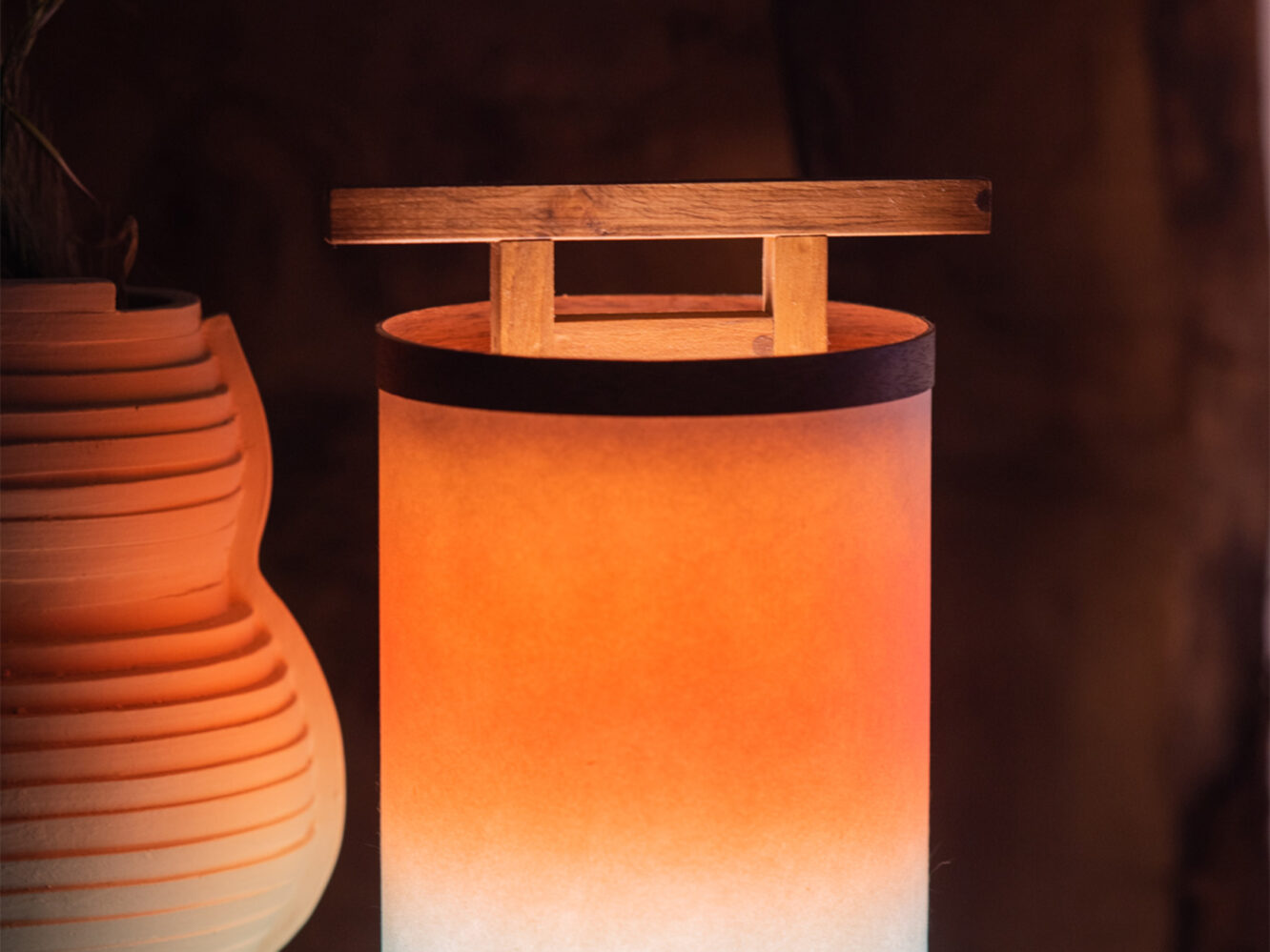
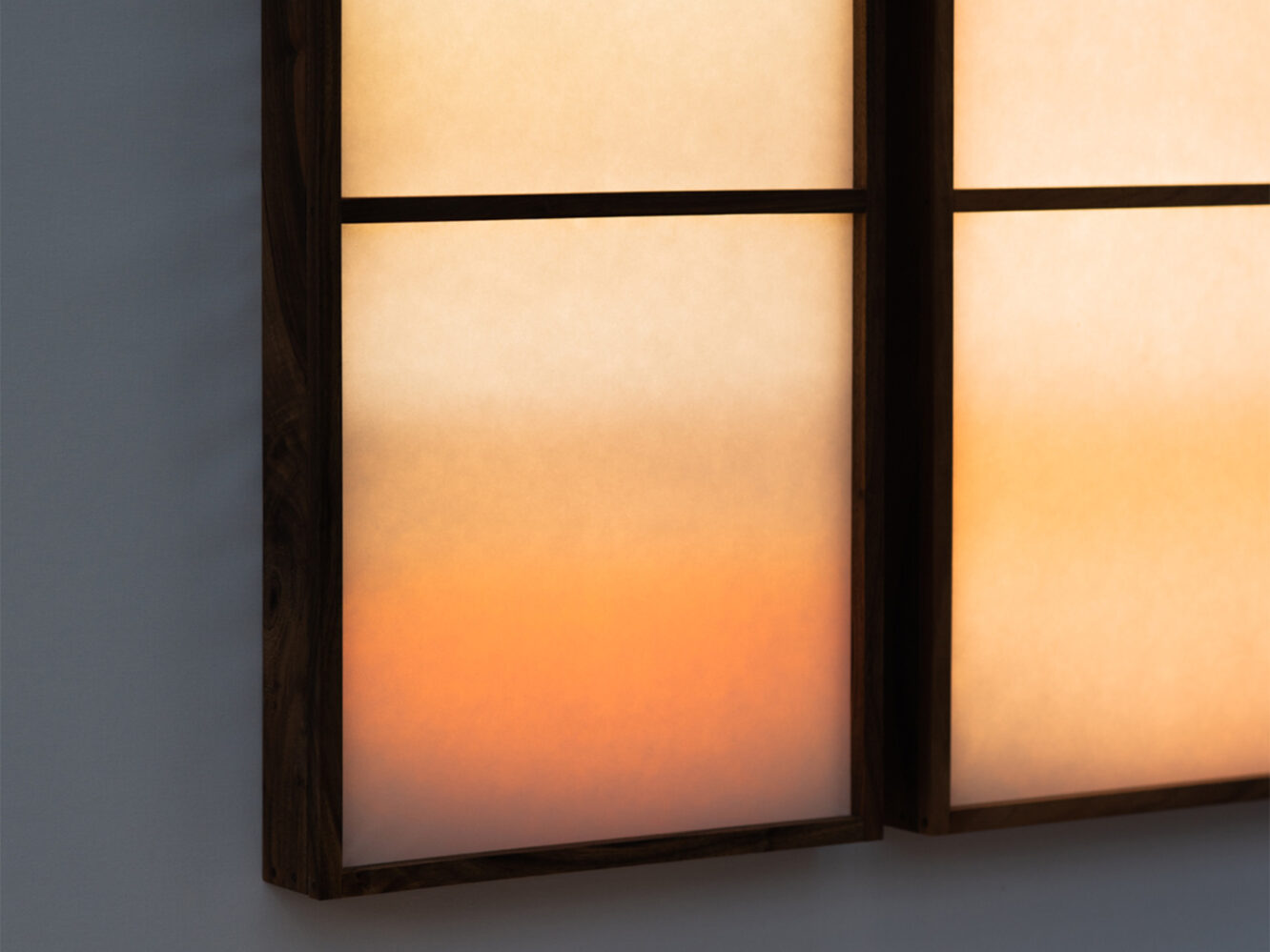
Can you describe your creative process for making an object, from its initial conception to its production?
The approach is generally the same, but each area of research on the cultural influence of light follows its own path. I would describe it as a very open process with defined objectives, which can be outlined as follows:
Photographic observation initially feeds the investigation of a singular luminous feeling, sometimes even a simple phenomenon, such as the projection of a stained glass window on the floor, the light in a riad, or the endless day of the polar circles. Over time, resonances, questions, and reflections emerge on the cultural environment of the subject. In parallel, a documentary, historical, and material study helps understand the influence of this luminous feeling on the people who experience it daily, on their architecture, and on their spirituality. Gradually, all of this builds an abstract-looking framework, yet full of coherent sensations, from which I begin to draw a structure, moving from perception to form, to material, to use. This is followed by back-and-forth iterations, models, technical research, and tool development that gradually crystallize into tangible objects. Working in collections, as a final objective, provides direction and a framework for future creations.
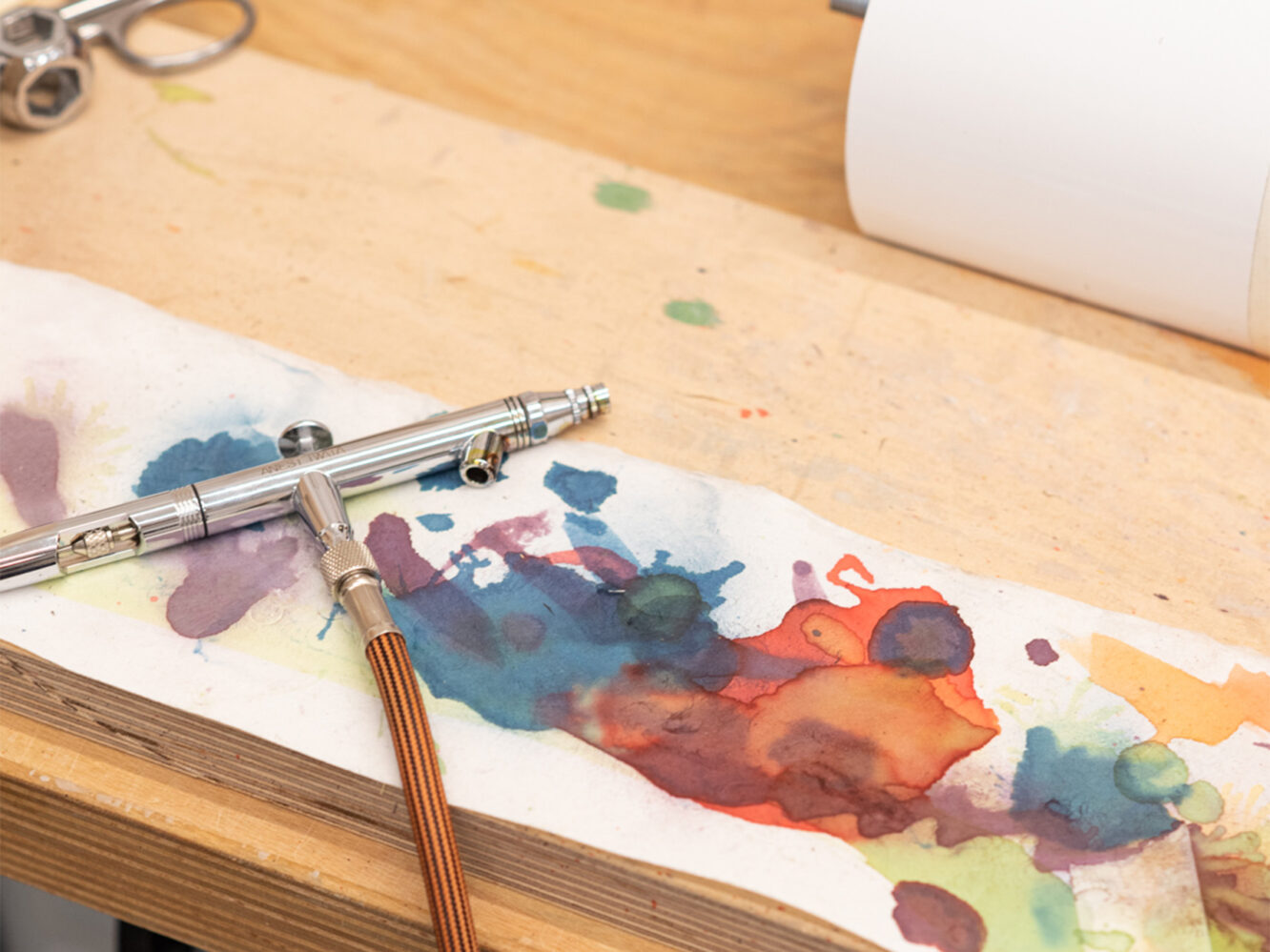
What role do tools play in your practice, and which ones are your preferred instruments?
What can be understood from my creative process is that I practice photography through design, creating objects that project a language of light. The question of tools is intrinsic to my practice. Every tool and the associated know-how that I use or create is aimed at producing this language of light, and each is specific to a collection. For Washi No Akari, I use an airbrush in combination with a modified lathe to rotate the paper at high speed.
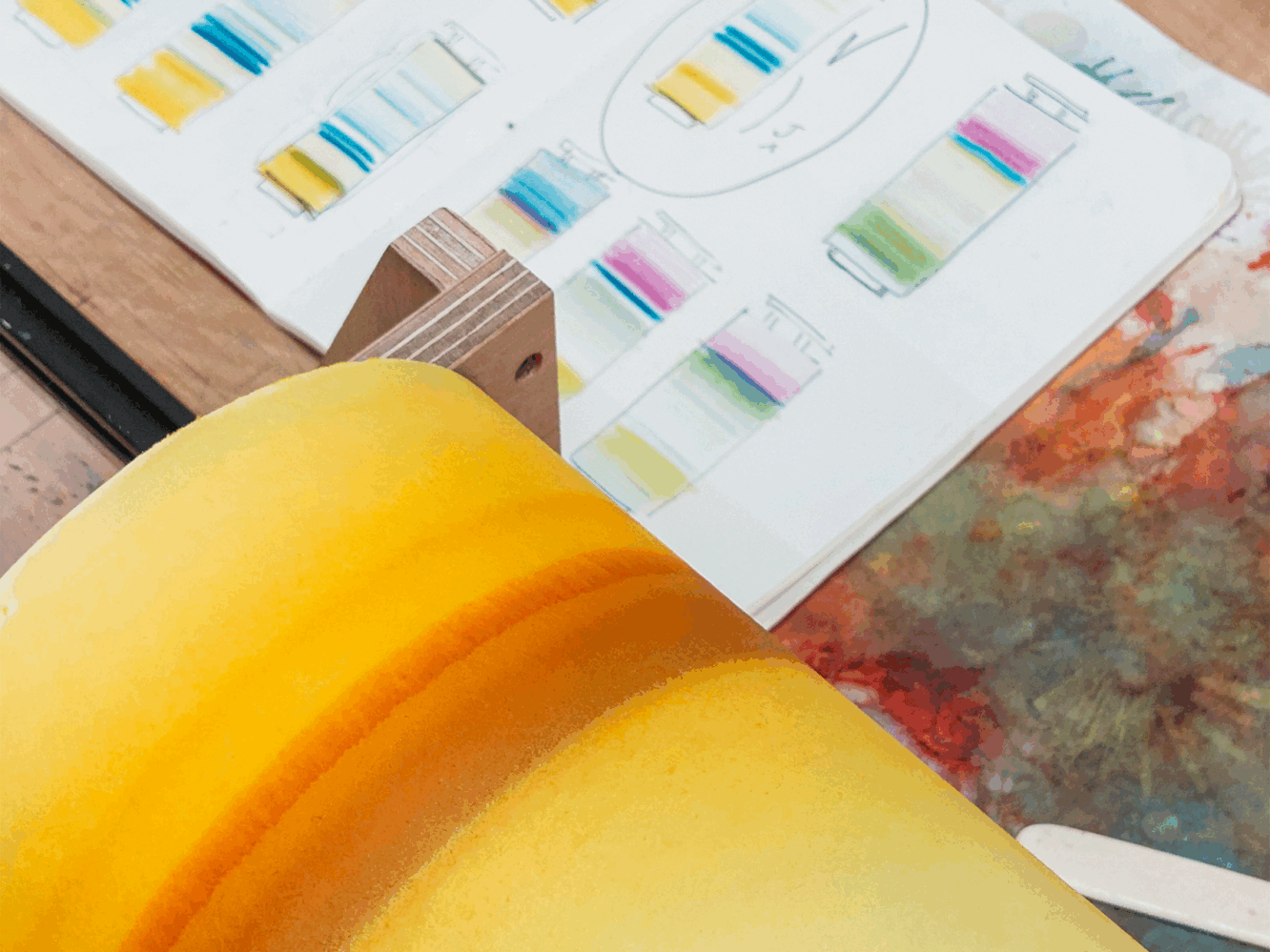
Today, what excites or drives you the most in your practice?
The artistic research I conduct on the cultural influence of light is a very long-term project and an endless space for learning. It provides me with a distant yet reassuring goal to create a sensitive body of work. What truly motivates me is working in this way to convey a broad perspective on light, bringing a touch of imagination and sensitivity into everyone’s daily life.
